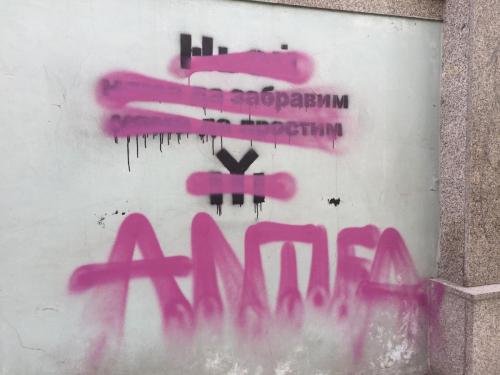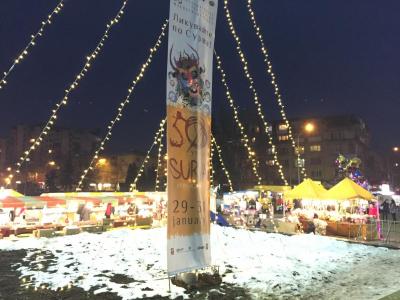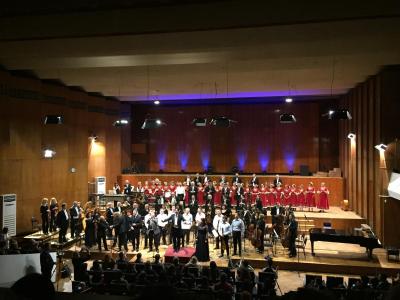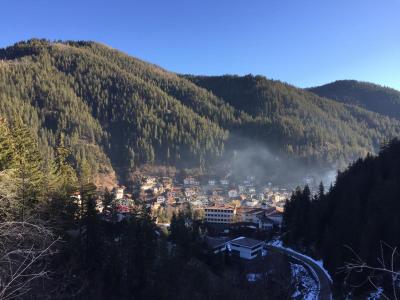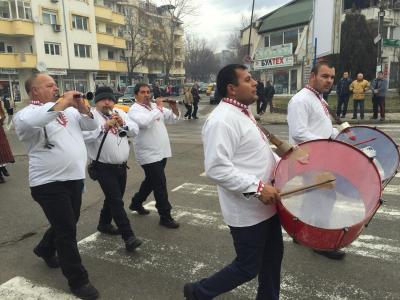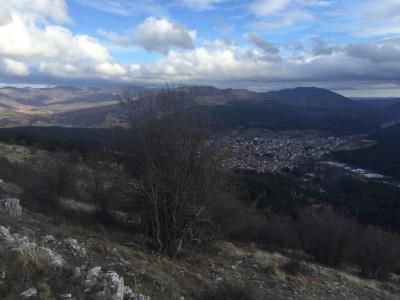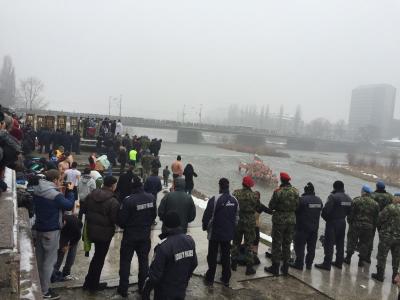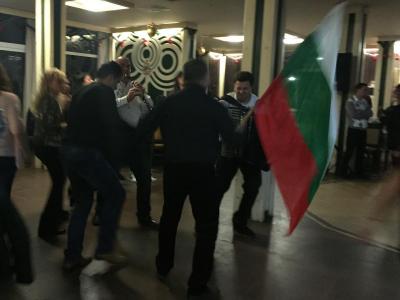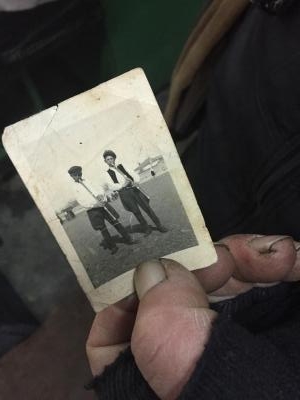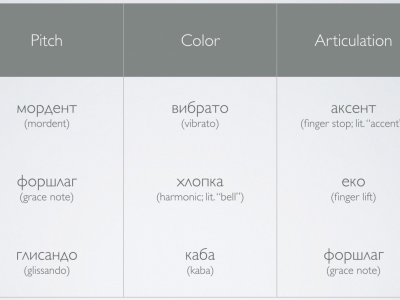Writing on the Wall: Graffiti and Neo-Nazis in Bulgaria
I started counting the swastikas sometime in December. Most days I would see at least one, but usually there were more. There were two between my apartment and my favorite bakery, and four on the way to my dance class. More than five visible through the bus window on the ride between Sofia and Plovdiv. Eleven in the first two hours of the drive north through the mountain pass toward Veliko Tarnovo. There are other neo-Nazi, white supremacist, and ultra-nationalist symbols, too. At an international folk festival I encountered a man wearing a Nazi jacket with impunity, police presence be damned. In February, I began to take the long way home to avoid the swastika that was freshly painted on my own building. The paint was red like the blood of history.
